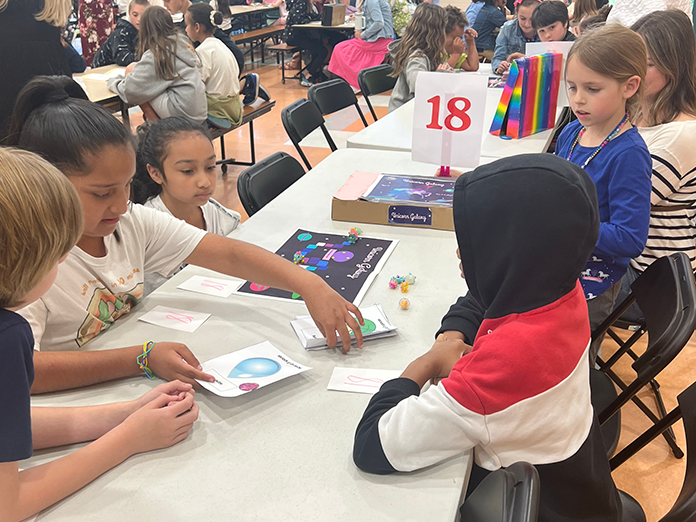
BARNEGAT – In an inspiring display of creativity and innovation, a group of gifted and talented third graders at the Joseph T. Donahue School turned to the power of play as a learning experience.
The students not only devised their own board games; they also marketed them and tested the games among their peers.
Gifted and talented teacher Deanna Buccella said she gave her classes a rubric so that they would have something to follow in working on their board games project. The first lesson concentrated on the history of board games.
Students had the opportunity to take a look at actual board games from the 1900s, when games like Tripoley used playing cards and a vinyl mat. By studying the history of board games, the classes gained a deeper understanding of gaming and the importance of incorporating strategic elements into their own creations.
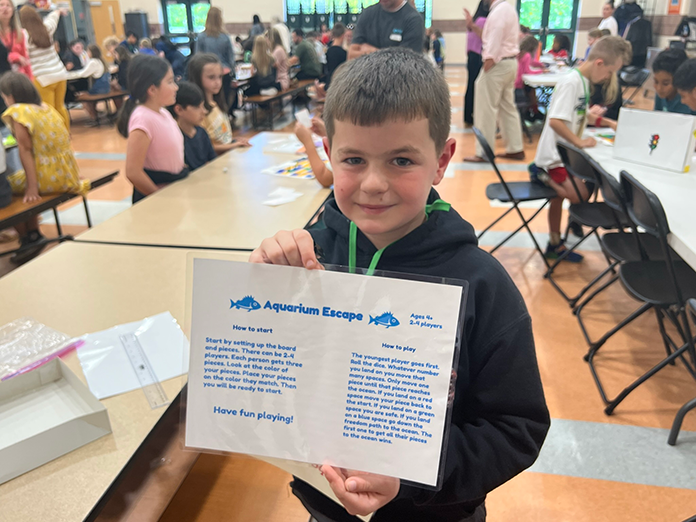
The design of the board games required students to invoke both creative and critical thinking skills. From concept development and game mechanics to visual aesthetics and packaging, the gifted and talented students appeared well prepared for feedback from other third grade classmates.
Harnessing their imaginations, the third graders also took a stab at marketing their creations with video commercials. Each designer appeared to recognize the importance of effectively communicating the appeal of their games by using graphics and music to grab attention.
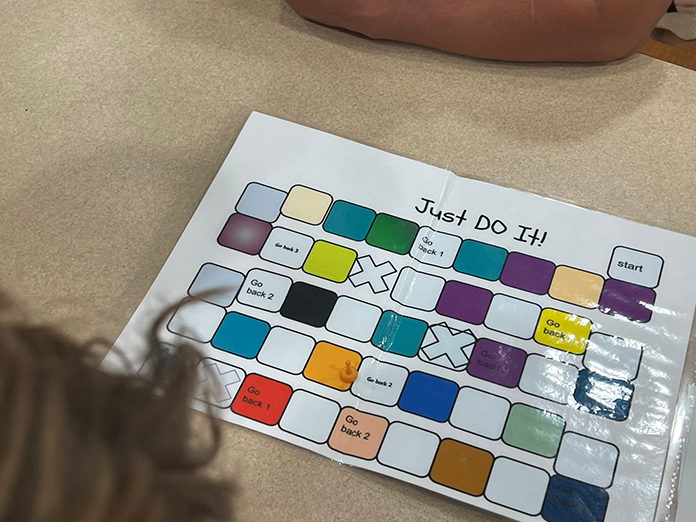
The commercial for a game called “Xpoclypse” featured sinister sounds, which seemed fitting for a game about monsters. The creator of the “Animal Guessing Game” had an infomercial, as she gave prospective players a brief overview. When the family dog made a cameo in the “Daily Dash” commercial, the game’s originator informed “Doggo” that the game was designed to accommodate only four players and was maxed out.
Anticipation filled the air as the group of enthusiastic game designers stationed themselves at individual tables to eagerly await the arrival of the game testers. Some parents came in to see the outcome, while admitting this would be their first view of the project.
With pride and confidence, the designers assumed their roles as guides, leading the testers through the intricacies of their meticulously crafted games.
“You need to follow the directions on the front,” said Avery Glines, the designer of “Unicorn Galaxy.” “And whoever finds the power first, wins.”
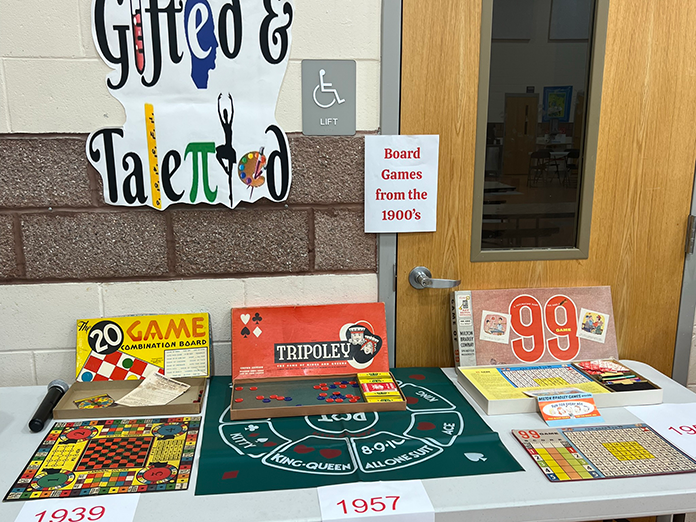
Jackson Hickey’s “Just Do It” game required players to go around the board. His father couldn’t help but ask Jackson how one of the players should proceed. Instructions called for the boy to move 11 spaces with only six left on the board.
While Jackson hadn’t considered the dilemma initially, he figured it was acceptable for the 11 move to count as a win.
Brady Shaw had come up with a design for a game he called “Aquarium Escape” that came with a clear set of instructions. The game allowed for 2-4 players who would each receive three playing pieces.
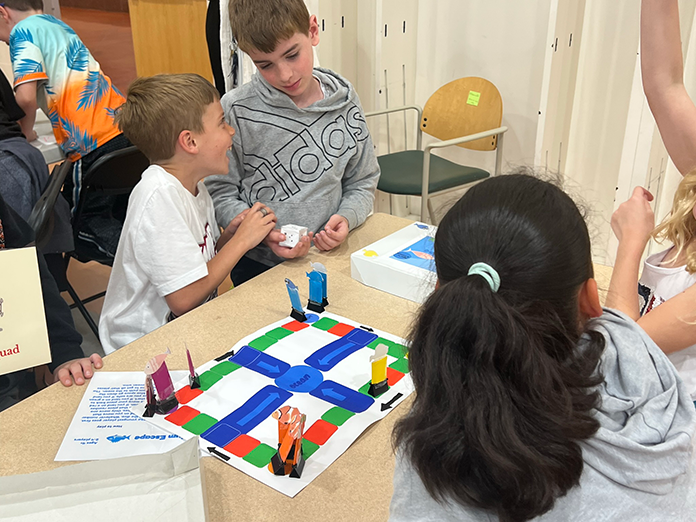
Around the room, the testers immersed themselves in the various games, while the designers took charge and watched their classmates’ reactions. The creators and testers not only learned from one another; they also had the opportunity to engage in social interaction.
Testers had the chance to play an assortment of games as they moved on cue from one table to the next. The mood was one of fun and yet a bit serious.
Through their designs, the creators transported their peers into imaginative worlds, fostering a sense of camaraderie and sparking a passion for exploration and creativity. It turned out that developing games also cultivated essential skills such as communication, collaboration, and adaptability.
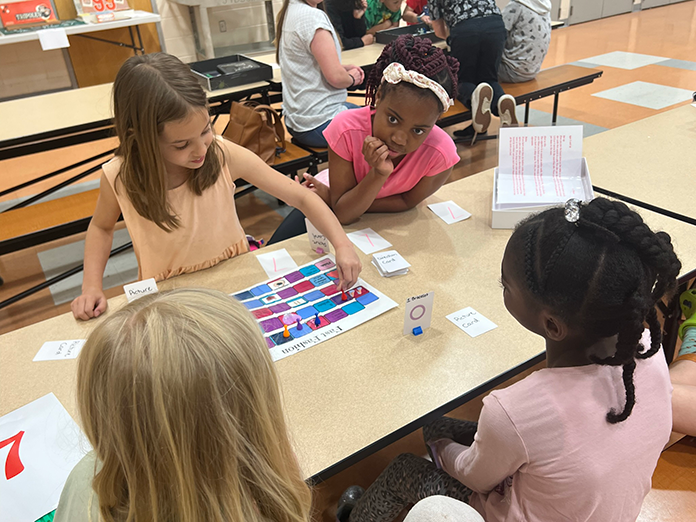
After a few rounds of testing, the end result seemed to highlight the immense potential of young minds when provided with opportunities to express their ideas and talents. The magic of games further gave students a rich and engaging experience, while reveling in the joy of play.







